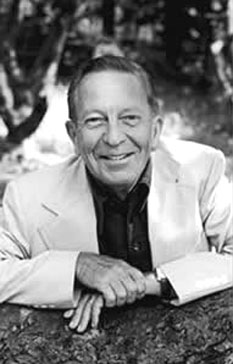When even your biographer is forced to admit, in the epilogue to a 772-page book, that nobody reads you any more, 25 years after your death, youre in trouble. John Cheever (1912-1982) published 121 stories in The New Yorker (beginning in the late 30s), a late-in-life collection earned him the Pulitzer Prize, and he once appeared on the covers of Time and Newsweek. But today is he taught, is he studied, is he revered or revived or (apart from The Swimmer) adapted to film? These are the challenges facing Blake Bailey in his Cheever: A Life (Knopf, $35). Two of Cheevers kids, writers in their own right, have already disclosed their fathers alcoholism and hidden gay life. That dirt has been turned. Now granted full access to Cheevers papers, Bailey proceeds chronologically through the ambitious writers slow, unsteady rise to fame (he died not long after Falconer, his last novel and only bestseller). Family ruined in the Depression, a high-school drop-out, a heavy drinker and smoker from his teen years onward, then a hasty marriage and stab at suburban respectabilityCheever only looked successful on magazine covers. He didnt teach at a university; he didnt have the intellectual breadth of his friendly rival, John Updike; he was only an emblem for the East Coast literary elite (and often dismissed as such). Norman Mailer once directed some nasty words at Cheever at a 1965 Chicago gathering; then the two went for drinks at the Playboy Mansion to reconcile. But it was only after Cheevers death that Mailer actually bothered to read his stuff, which he did with a great sense of woe. He asked himself, Why didnt I know that man? The question still applies. BRIAN MILLER
Tue., March 17, 7:30 p.m., 2009




